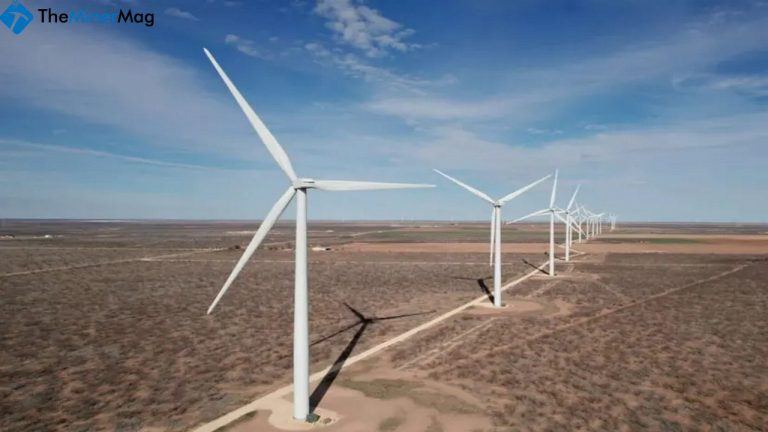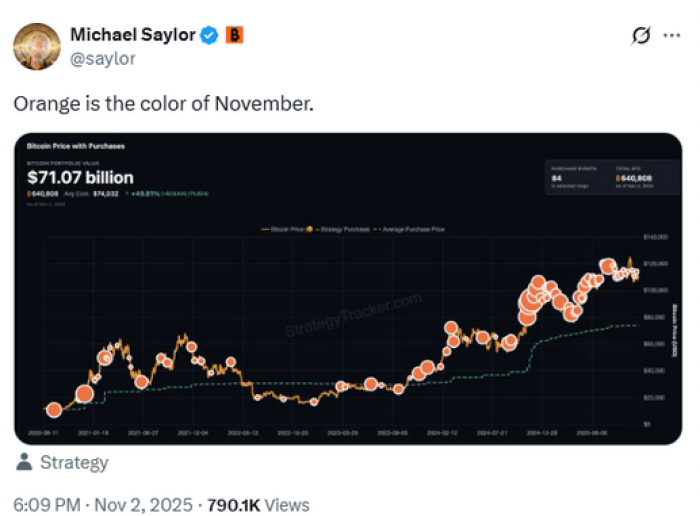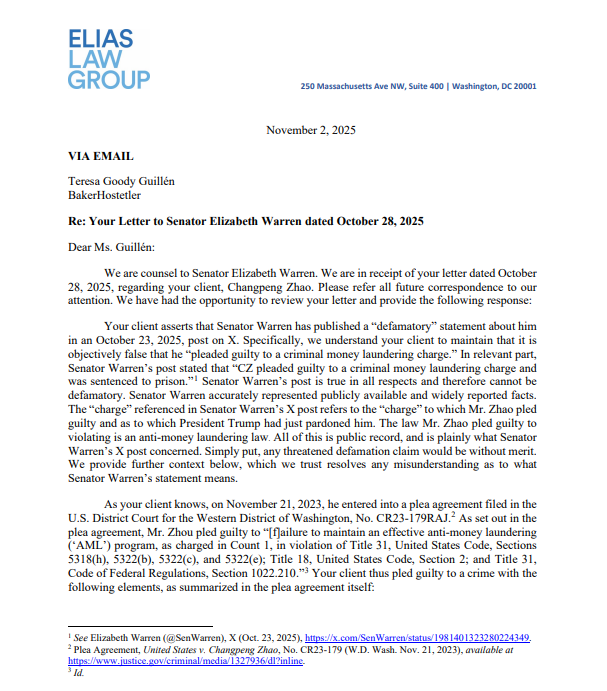 | In todays TA I'm going to be continuing a series of analyses I began some months ago. I'll recap some important terms here but for a full recap please see this post going over why the MA 1000 is a useful indicator for baselines. I'd like to emphasize that the MA 1000 is not "the" baseline but rather a baseline.
Alright on with the show! BTC's MA 1000 on the Daily Chart ETH's MA 1000 on the Daily Chart Ok so what are we seeing? BTC seems to be making its way back to its MA 1000 in a stepwise fashion. However with ETH we're seeing it crab just below its MA 1000, which is pretty on point within a margin of error. In both cases we're seeing BTC and ETH oscillate along their MA 50. What we're also beginning to see in ETH's case is that its MA 200 is going to be meeting its MA 50. These usually lead to a breakout, but in which direction I couldn't say. To emphasize the point from the intro, the MA 1000 is not the only baseline, but rather a baseline. Other MA's offer insight into shorter time frame baselines and that's what we may be seeing with the MA 50 and 200. That's it! I hope you enjoyed. edit: this post will *not\* be making any predictions about where prices will go. Instead, this post is emphasizing that prices in crypto seem to follow statistical concepts such as regression to the mean. From what we can see, prices do not like to deviate too far from their mean for too long, and that any drastic deviations from the mean are eventually met with correcting back towards it. [link] [comments] |

You can get bonuses upto $100 FREE BONUS when you:
💰 Install these recommended apps:
💲 SocialGood - 100% Crypto Back on Everyday Shopping
💲 xPortal - The DeFi For The Next Billion
💲 CryptoTab Browser - Lightweight, fast, and ready to mine!
💰 Register on these recommended exchanges:
🟡 Binance🟡 Bitfinex🟡 Bitmart🟡 Bittrex🟡 Bitget
🟡 CoinEx🟡 Crypto.com🟡 Gate.io🟡 Huobi🟡 Kucoin.




















Comments